INSPIRATION
Summiting Kilimanjaro, Africa’s Highest Mountain
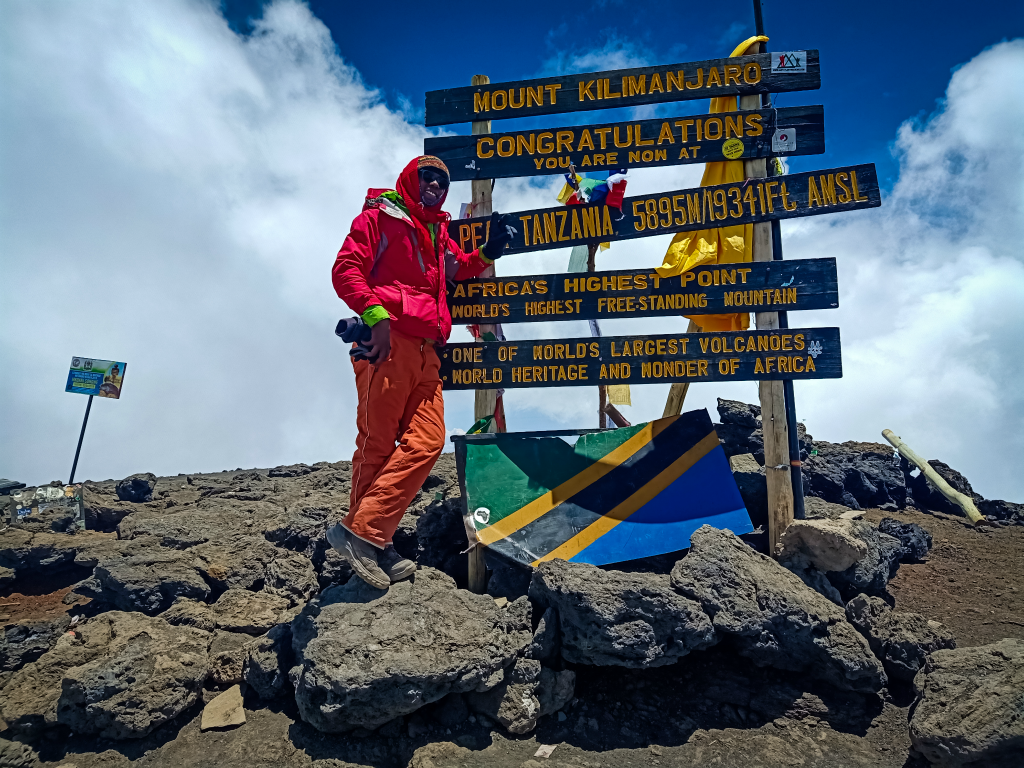
Dan Gichuru recently climbed Africa’s highest mountain, Kilimanjaro. He shares his hiking experience as well as tips on achieving a 100% summit rate when climbing Mount Kilimanjaro.
How did you prepare for this hike?
For me, the actual trip always begins in your head. You’ve got to be interested to put in hours of prep work 5-6 months before the climb. This includes being physically fit and well equipped with proper hiking gear. Always check with your tour operator for a comprehensive list of hiking gear.
Physical readiness
Kilimanjaro involves days of walking and as such one needs to be physically fit. In as much as I used to go to the gym three times in a week, I had to change my exercises to incline more towards endurance. I would also do 10km runs each weekend just to get my body ready. I also cut down on sugar and increased my vegetable intake. The hiking company I used made us do at least 5-10 minutes of skipping exercises for two months before the actual hike.
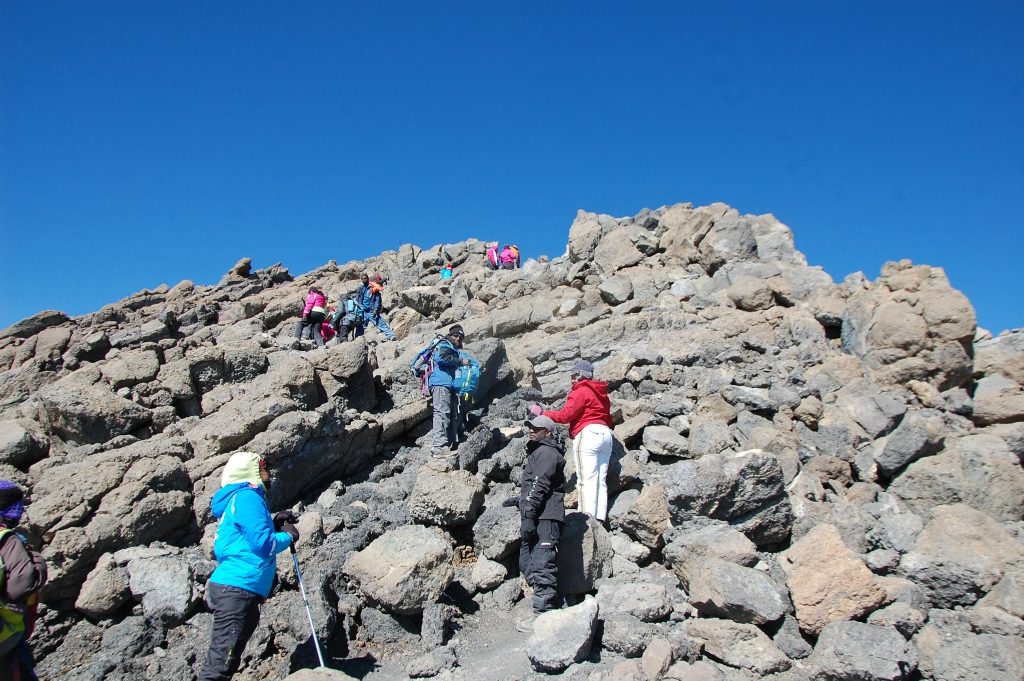
Hiking company
I settled with Xtrym Adventures because our schedules aligned and they are big on safety. The gentleman in charge, Duncan, has summited the Kilimanjaro and other major mountains around East Africa and his top priority is to get you home safe.
Pre-hikes
Before taking on Kilimanjaro, I would do at least one hike every month. The three major prep hikes include:
- Kijabe Kenton and Nathan – endurance hike
- Aberdares Elephant Hill – endurance and altitude challenge
- Aberdares Seven Ponds – altitude prep work
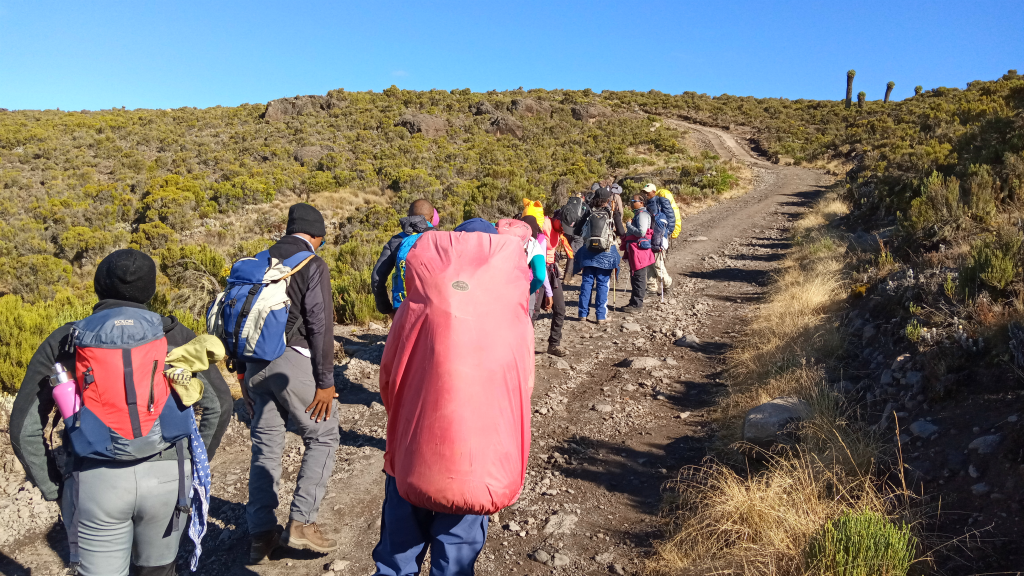
What do you love most about taking hikes ?
I go hiking whenever I’m searching for inner peace and need to get away from the drama and hustle of the city. I also feel it’s a great way to exercise my body and mind. Kilimanjaro is definitely my most memorable climb. I also enjoyed hiking in the Aberdares. The moorlands are just too beautiful. I wouldn’t forget to mention Cherang’any Hills and Pokot which are quite scenic.
Requirements for going up Kilimanjaro ?
In order to have a successful climb, these are some of the essential things to have:
- Have the right mindset. This is very key for without it, it is easy to give up on the climb during the first day.
- Get full hiking gear. One can also get good quality second hand gear in thrift shops such as Gikomba.
- Always keep fit in order to be physically ready for the climb. Simple exercises such as skipping rope for 10 minutes daily goes a long way. However, if you suffer from ailments like asthma visit your doctor to advise.
- Budget well for the entire climb. If using the Marangu route, ensure you have between $600-$750. An additional $60-$100 will cater for guides’ tips and for porters.
- Choose the best climbing season which is between June and October when it is not raining.
- Ensure all your travel documents are in place i.e passport and yellow fever card for the Tanzania entry. Similarly, have travel insurance with you.
Describe the experience of Climbing Kilimanjaro
I used the Marangu route with an itinerary of 6 days. It is the most popular route but has a lower summit rate of 60%-70%. It is shorter too which means less costly. It can however get crowded since this is the main route used by the majority of climbers. However, I enjoyed my hike. If looking for more scenic routes and higher summit success rate try the Machame or Lemosho routes.
Day 1: Marangu Gate, 1850 metres, to Mandara Hut, 2715 metres
We met our guides and porters at the Marangu gate. The park officials weighed our bags. A porter can only carry 20 kg for a visitor and an extra 10 kg for themselves. The hike officially kicked off at 1 pm. We were scheduled to trek 8km for about 6 hours. The rain-forested terrain had lots of rivers and small falls.
Day 2: Mandara Hut, 2715 metres, to Horombo Hut, 3700metres
After an early breakfast our head guide, Hamsi, gave a safety guide. We had 12 km waiting for us in order to reach the next hut. The 8 hours pass quickly when you are with the right company including the numerous breaks for water and snacks. This was the first day I spotted Kibo peak. We got to Horombo after 4pm and watched the most amazing sunset. The clouds looked like a carpet below us. It’s an out of this world experience.
Day 3: Horombo Hut, 3720 metres
This was our acclimatisation day. Given that our bodies were not used to the high altitude levels, it is advisable to have a day off to lower the chances of extreme altitude sickness. During the day, we hit the trail towards Mawezi at a popular spot called Zebra Rock. We climbed higher, to about 4200 metres, and then trekked back to Horombo Hut for lunch. I took a nap before catching the sunset again. Gathering energy for the summit night is critical so besides eating, I would also sleep as much as possible.
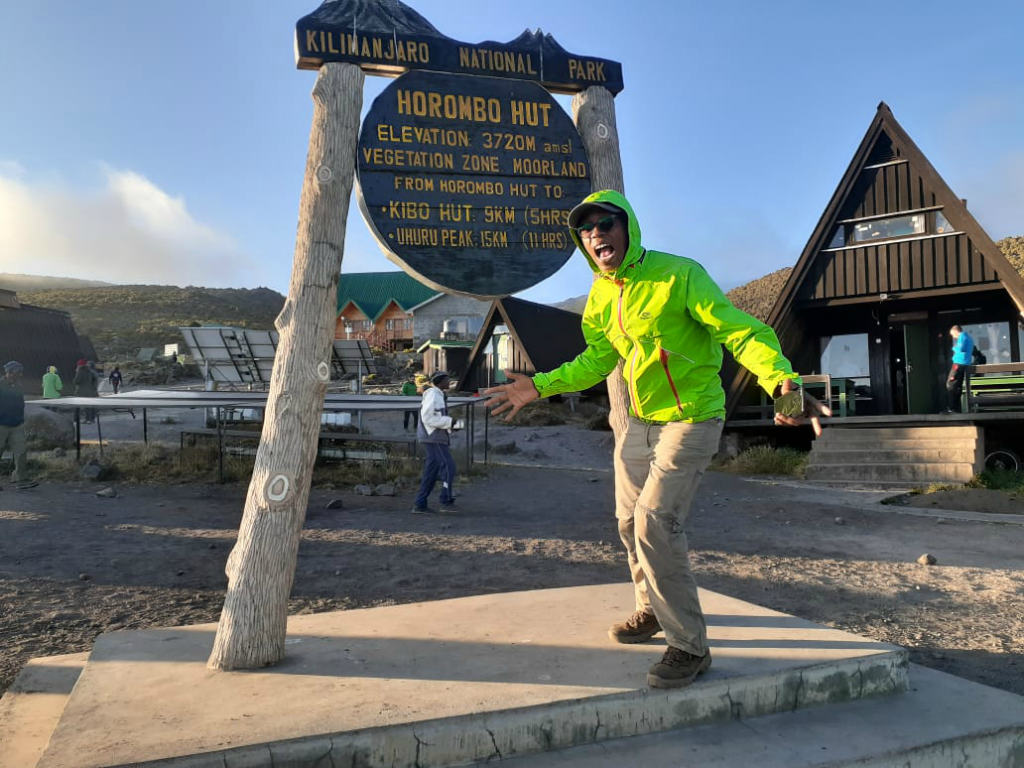
Day 4: Horombo Hut, 3720 metres, to Kibo Hut, 4700 metres
Day 4 starts in the moorland and ends up in the alpine desert. There is a 10km walk for about 8 hours that gets you to the base camp for the final ascent. Once you pass the last water point or stream at 4,130 metres, there is not a single stream beyond that and not much life exists at this level. The winds were strong and fatigue began creeping up. We got to camp at 5pm. For the first time my body reacted to altitude and I began throwing up. After an early dinner at 6pm, we had a safety brief for the summit night. At this point, one of my fellow trekkers had to turn back due to bad health. She was attempting Kilimanjaro for the 3rd time but her unbreakable spirit was such an inspiration.
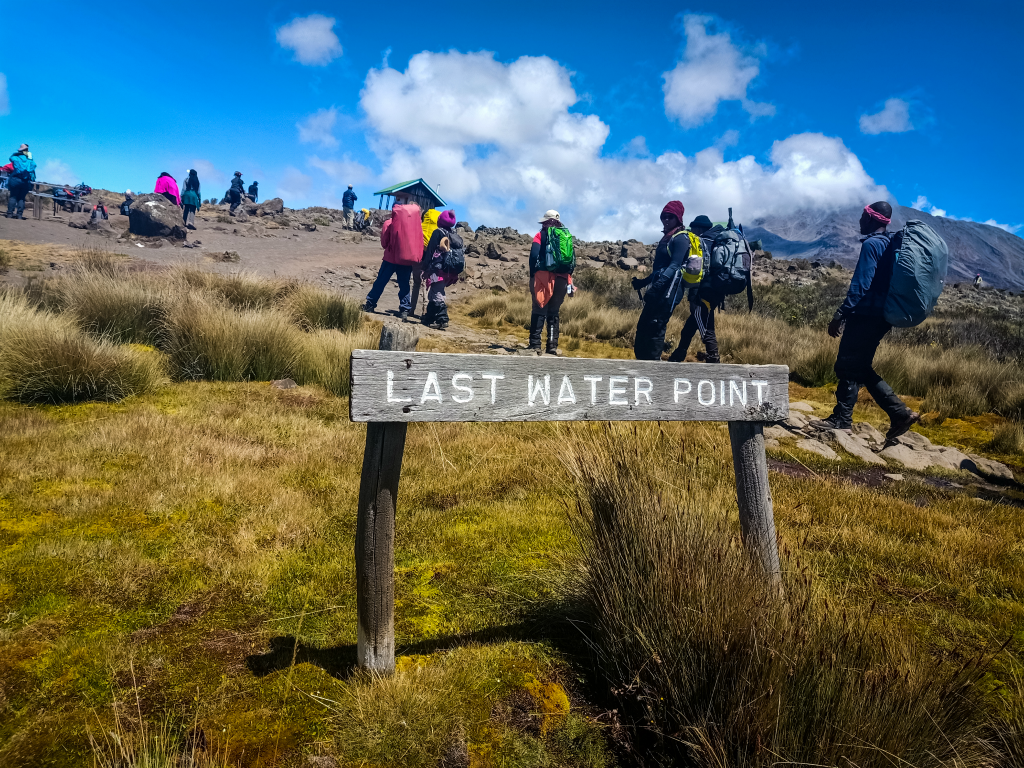
Day 5: Kibo Hut, 4720 metres, to Uhuru Peak, 5895 metres
Summit night kicked off at 10.30pm. I got into my summit gear and had a meal before commencing the hike at 12 am. After hours of hiking in pitch darkness, the sun came up at 6:15 am. Staying alive and moving closer to the peak becomes everything. We kept pushing to get to the first peak called Gilman’s. This was the toughest phase of the climb. You can see the peak but you feel like you aren’t getting there yet. We finally got to Gilman’s at 9.30am , which is 5,700 metres. We took a break before pushing towards the second peak point, Stella, at 5,650 metres. From this point, I could spot Uhuru peak as well as some glaciers.
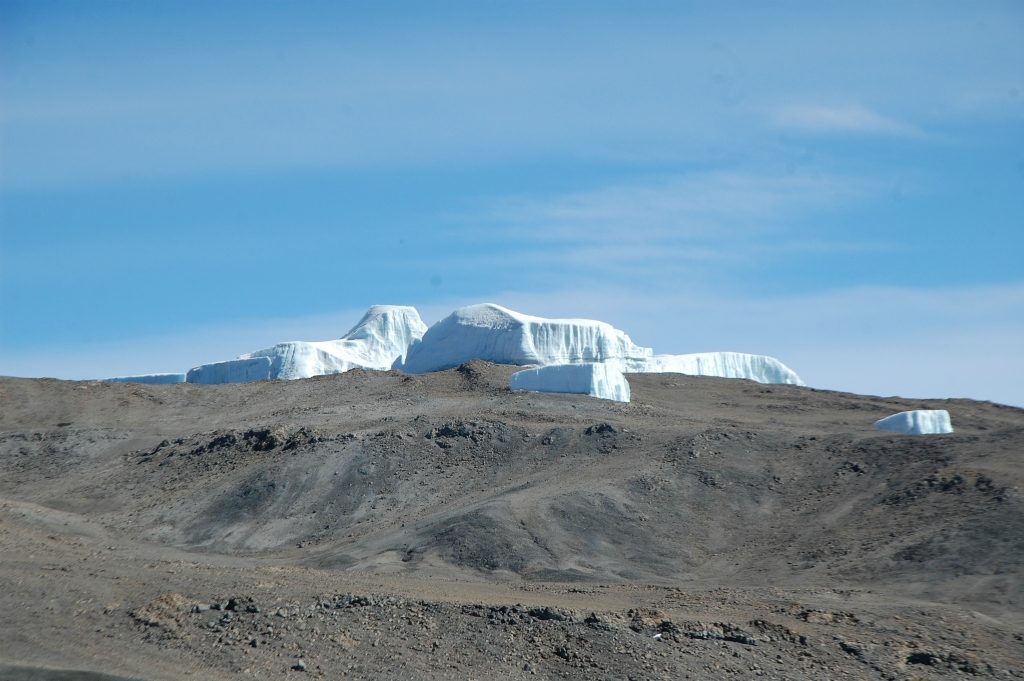
Spotting that summit sign board must have been the happiest thing to happen to me. For a second I forgot the fatigue. Standing at the top, 5,895 metres above sea level, and soaking in the beauty of the summit brought some sense of admiration to myself. I did this! After some quick pictures, we had to start heading back down to Horombo Hut (3,720 metres) due to the altitude. While trekking down the fatigue and headaches begin to wear off. Sharing experiences about our summit night kept us going and energized. We checked into camp at 7pm. This was so far the hardest day of my life.
Day 6: Horombo Hut to Marangu Gate
We woke up to a nice cake surprise from our guides and porters. About 75% of our group made it to the top, which was pretty awesome. It was bound to be a long day to trek (21kms). We walked for about 7 hours and got to the gate at 3pm for lunch. After tipping our guides and porters, we said our goodbyes and headed to Moshi. All I could think about at this time was the hot shower ahead.
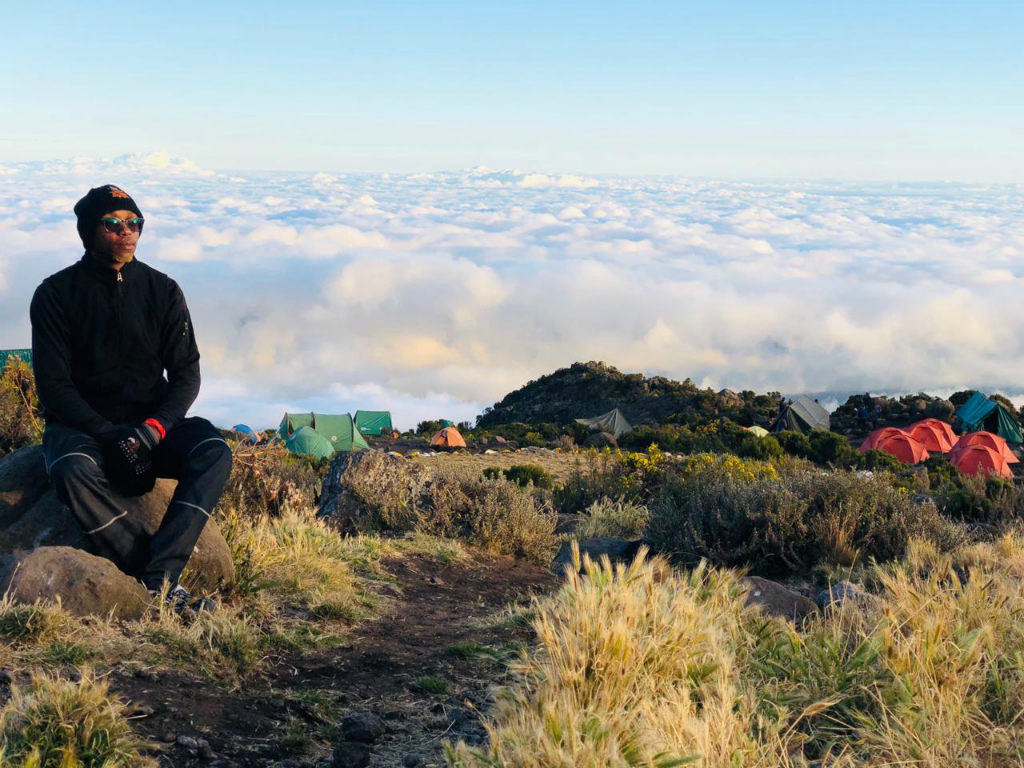
What to do to increase your summit rate?
- Walk slowly
- Drink a lot of water (3-5 litres each day). Start this a month before.
- Hike high and sleep low like we did in Horombo Hut.
- Don’t overpack your snacks, the chefs have your back and cook very delicious meals
- Enjoy the hike and interact with other climbers.
What were the toughest moments?
The summit night was really tough. It was a mental challenge that none could have prepared for. I threw up a couple of times during the climb due to change in altitude
What lessons did you take out from the whole experience?
I learnt that patience, discipline, humility and courage were very key for this expedition. One, however, discovers that they have got so much potential in them to break limits.
What is on your hiking bucket list?
Top of the list is Everest Base Camp. However, Mount Kenya, Mount Meru, the Usambara Mountains, Ruwenzori Ranges and Machu Picchu in Peru need to be checkout out first.
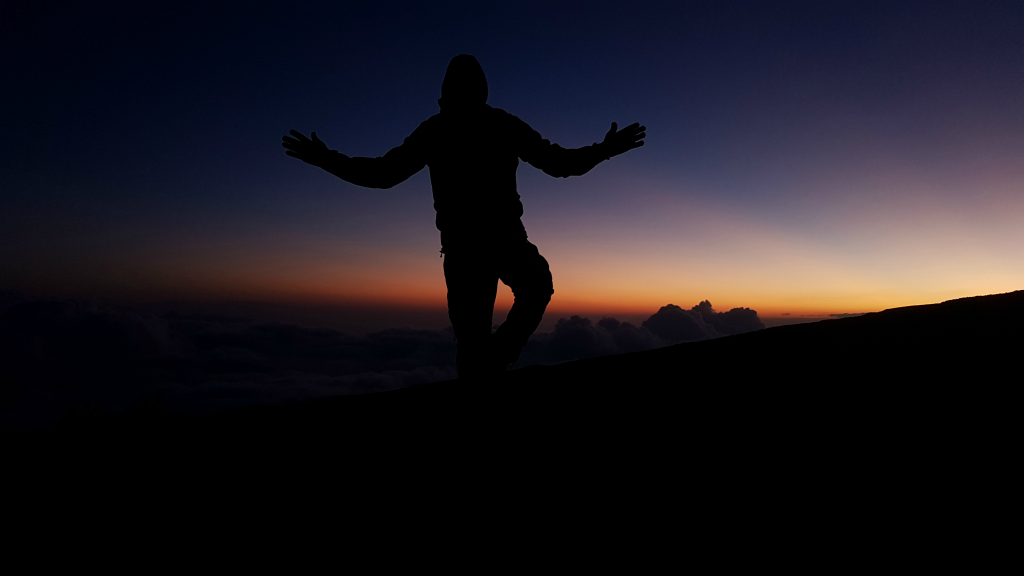
Dan Gichuru is a nature lover and travel addict who thrives in the outdoors.
Our Top Experiences
SEEN SOMETHING YOU LIKE?
Enquire now and our team will create a custom itinerary tailored to your preferences.

CONTACT
enquiries@nomad.africa
Tel: +254 708 238 738
Purple Nomad Ltd
PO Box 69671 - 00400
Mwanzi Avenue, Nairobi, Kenya
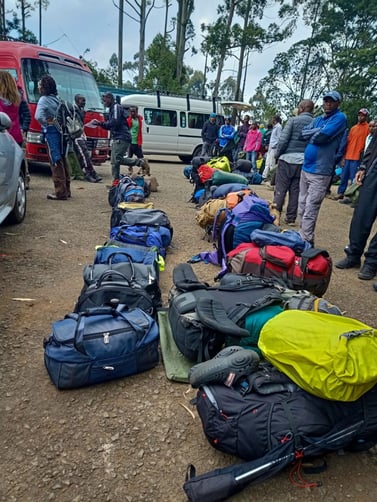
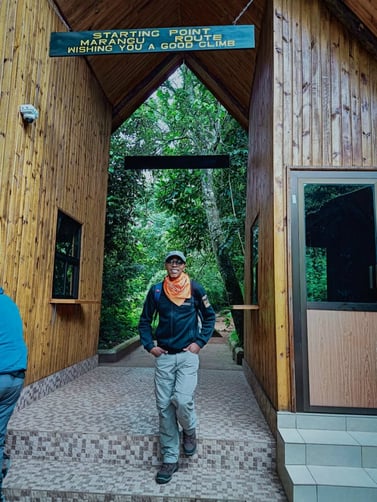
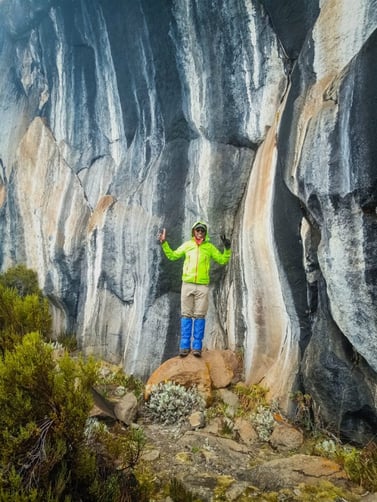
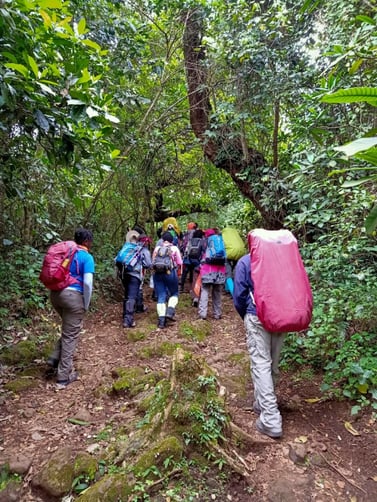
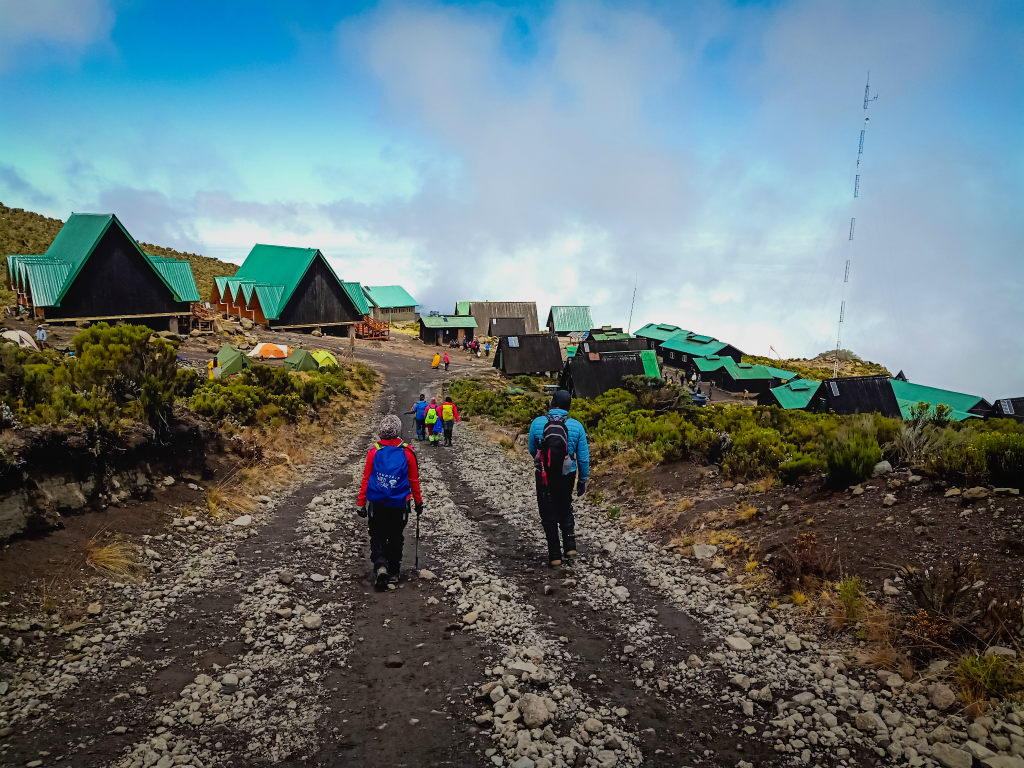
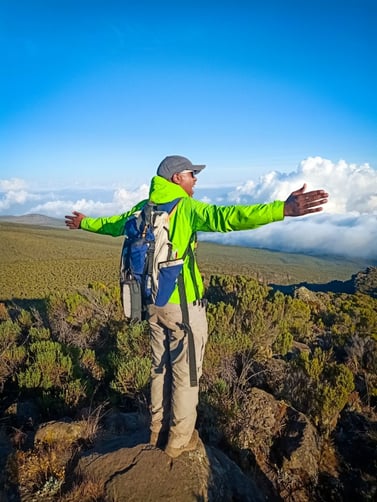
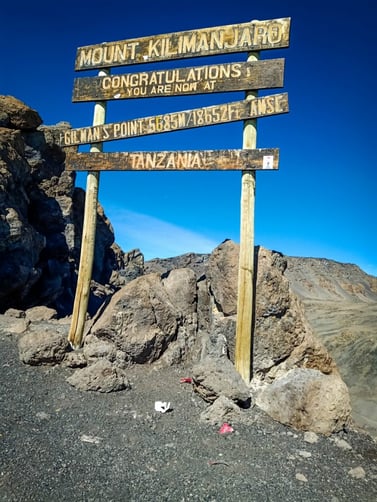


.jpeg)
